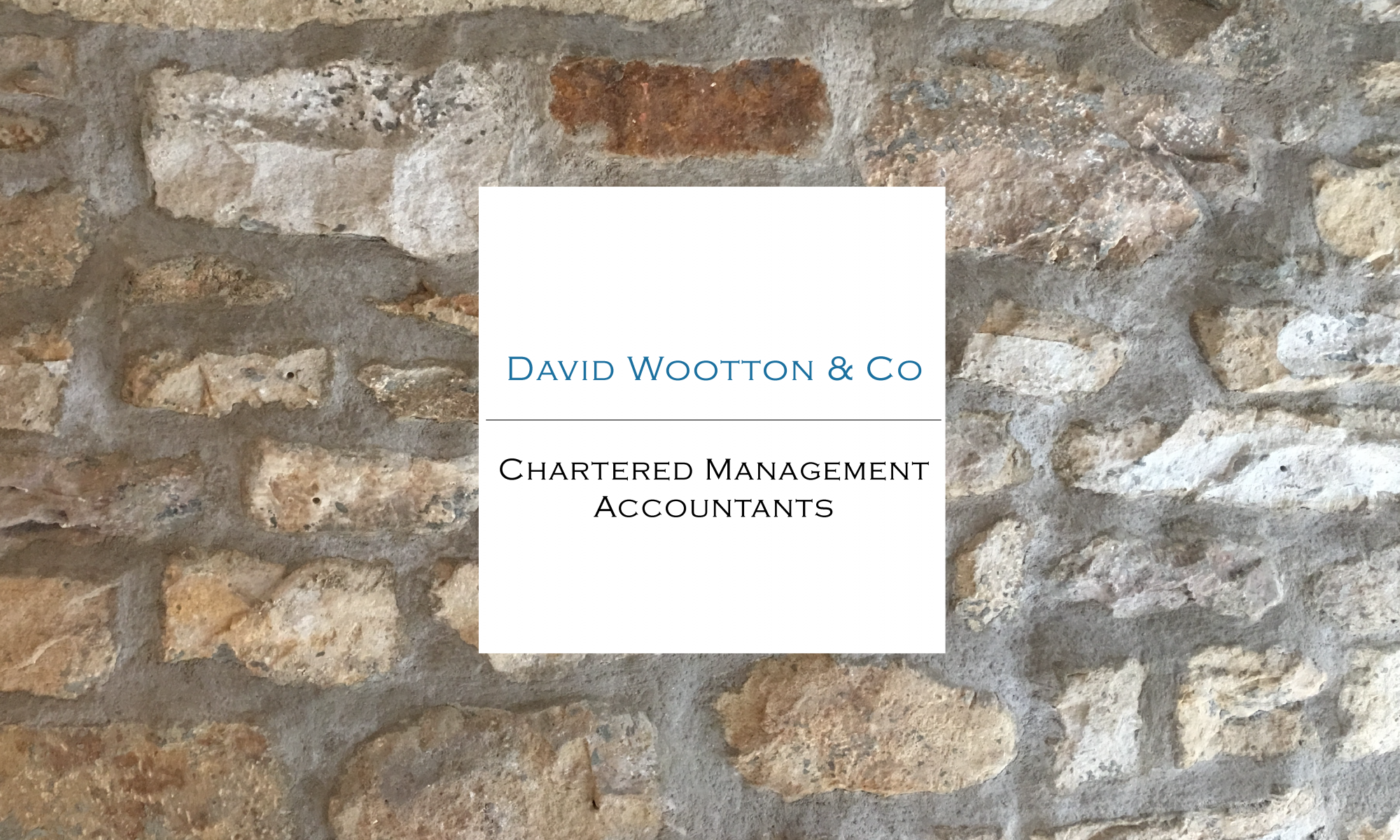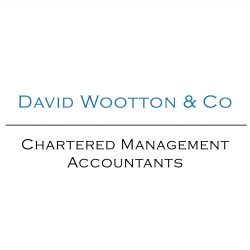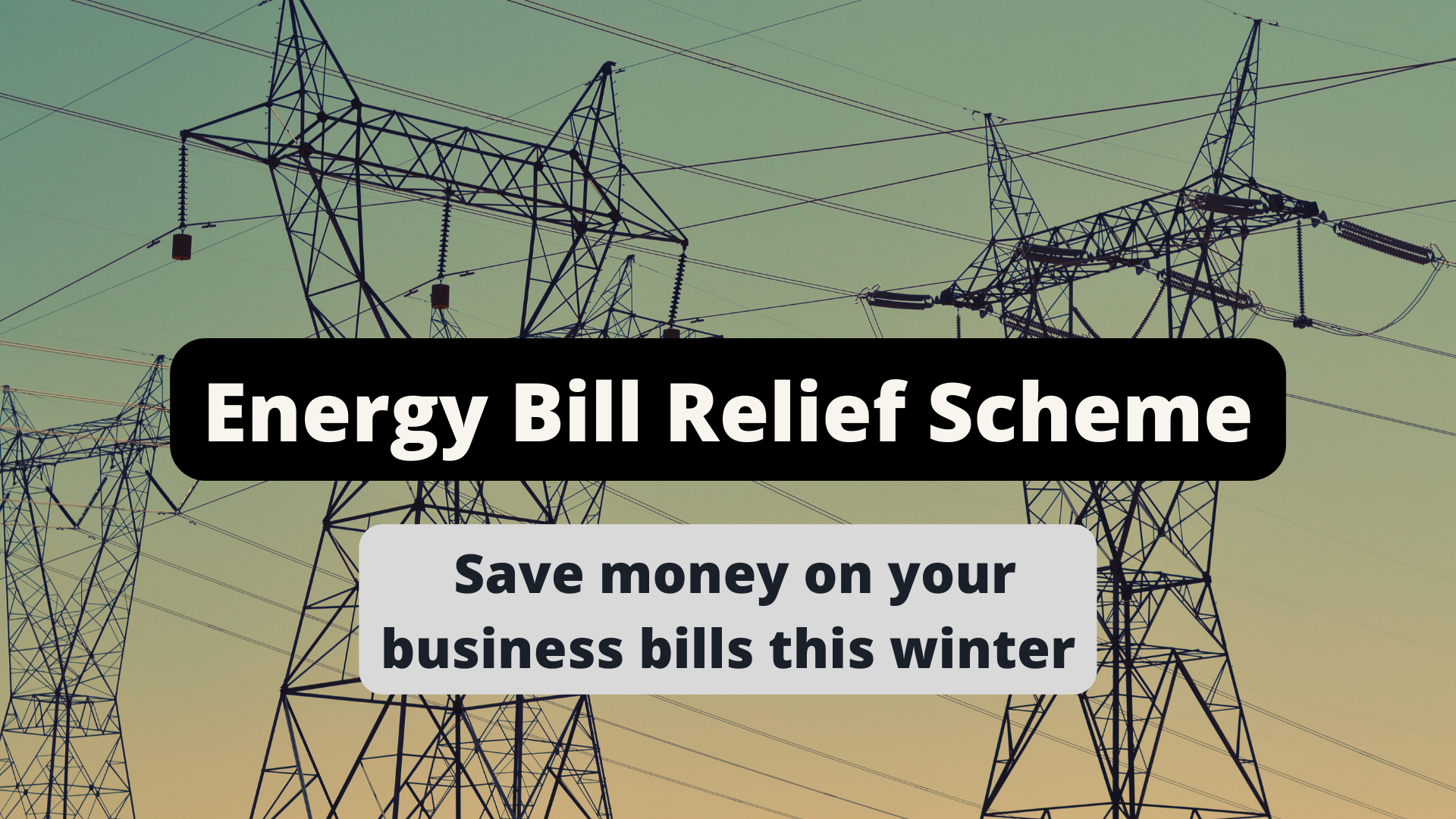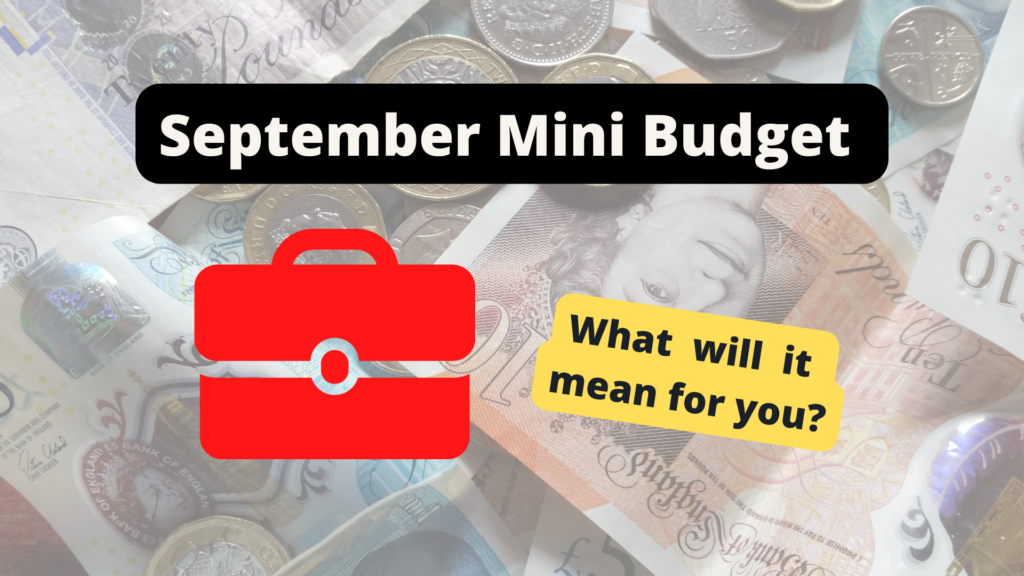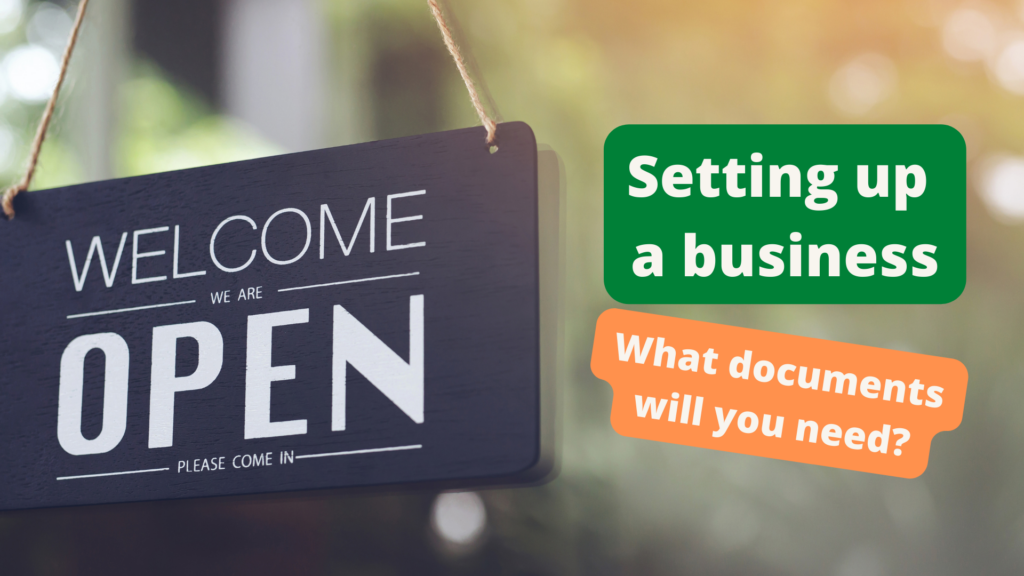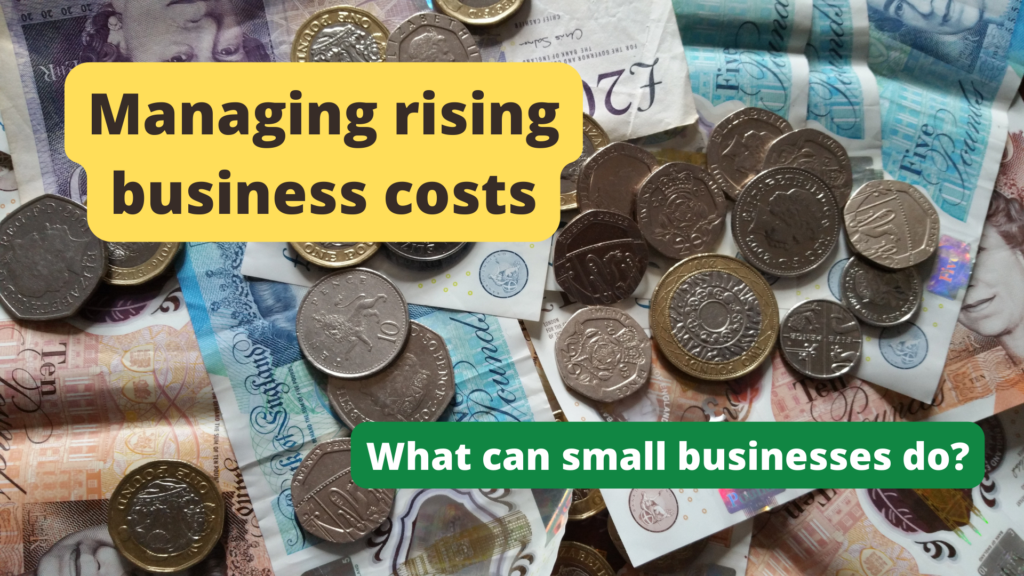If you’re starting to think about your next self-assessment and tax bill, you may be able to reduce the amount you owe by claiming for business expenses.
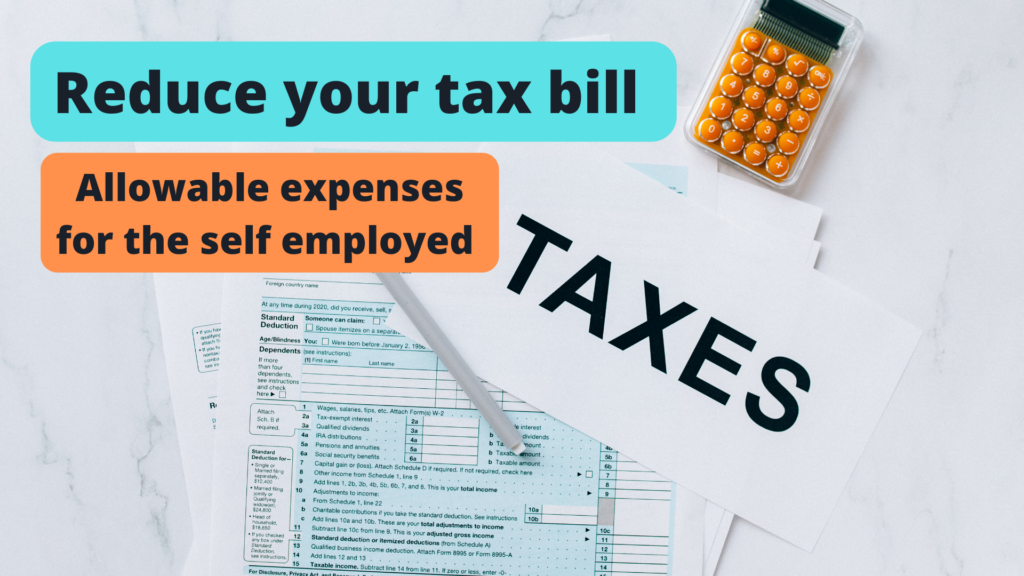
What are allowable expenses?
Allowable expenses are essentially the costs of running your business, as defined by HMRC. You can deduct these costs from your business accounts before you start paying tax on the profits you make.
Expenses can significantly reduce most sole traders’ tax bills. If your turnover is £60,000, for example, and you claim £15,000 in allowable expenses, you only pay tax on the remaining £45,000.
What can I include?
Examples of allowable expenses, as listed on the government website, include:
- office costs such as stationery or phone bills
- travel costs, e.g. fuel, parking, train or bus fares
- clothing expenses such as uniforms or protective clothing – but not businesswear.
- staff costs: salaries or subcontractor costs
- stock or raw materials
- insurance and bank charges
- costs of your business premises: heating, lighting, business rates
- advertising, marketing and website costs
- professional services – e.g. an accountant or lawyer
- training costs
Is there an easy way?
It can be complicated to work out the specific cost of running your company, especially if you work from home. You can use simplified expenses, which set flat rates for tax relief on vehicles, working from home and living on your business premises.
If you work from home, you can claim a proportion of your costs for heating, electricity, council tax, mortgage interest or rent and your internet/telephone use. You will need to keep records of your business miles, hours you work at home and how many people live at your business premisses over the course of the tax year.
You can find flat rates for vehicle milage, working at home and living in your business premises on the government website.
Can I claim for pension contributions?
Your pension payments are not seen as a business expense, so you can’t claim for these. However, you automatically gain tax relief on your contributions, which is claimed for you by your pension provider.
Is business entertaining an allowable expense?
Client entertaining – such as taking a business contact out for lunch – is not an allowable tax deduction. You can claim the cost back from your business, but it cannot be deducted from your profit to reduce tax.
How do I claim my business expenses?
The simplest way is to track your expenses using your accounting software, or by keeping detailed records for your accountant. Generally, it’s a good idea to keep clear records, and hang onto them for five years in case HMRC have any queries.
If you have any queries about what you can or can’t include, or how to use the flat rates, contact a good accountant or tax advisor for support.
Need more clarity about allowable expenses for your company? As accountants for small businesses in the Lune Valley we’re here to help with tax advice, payroll services and much more. Get in touch today.
